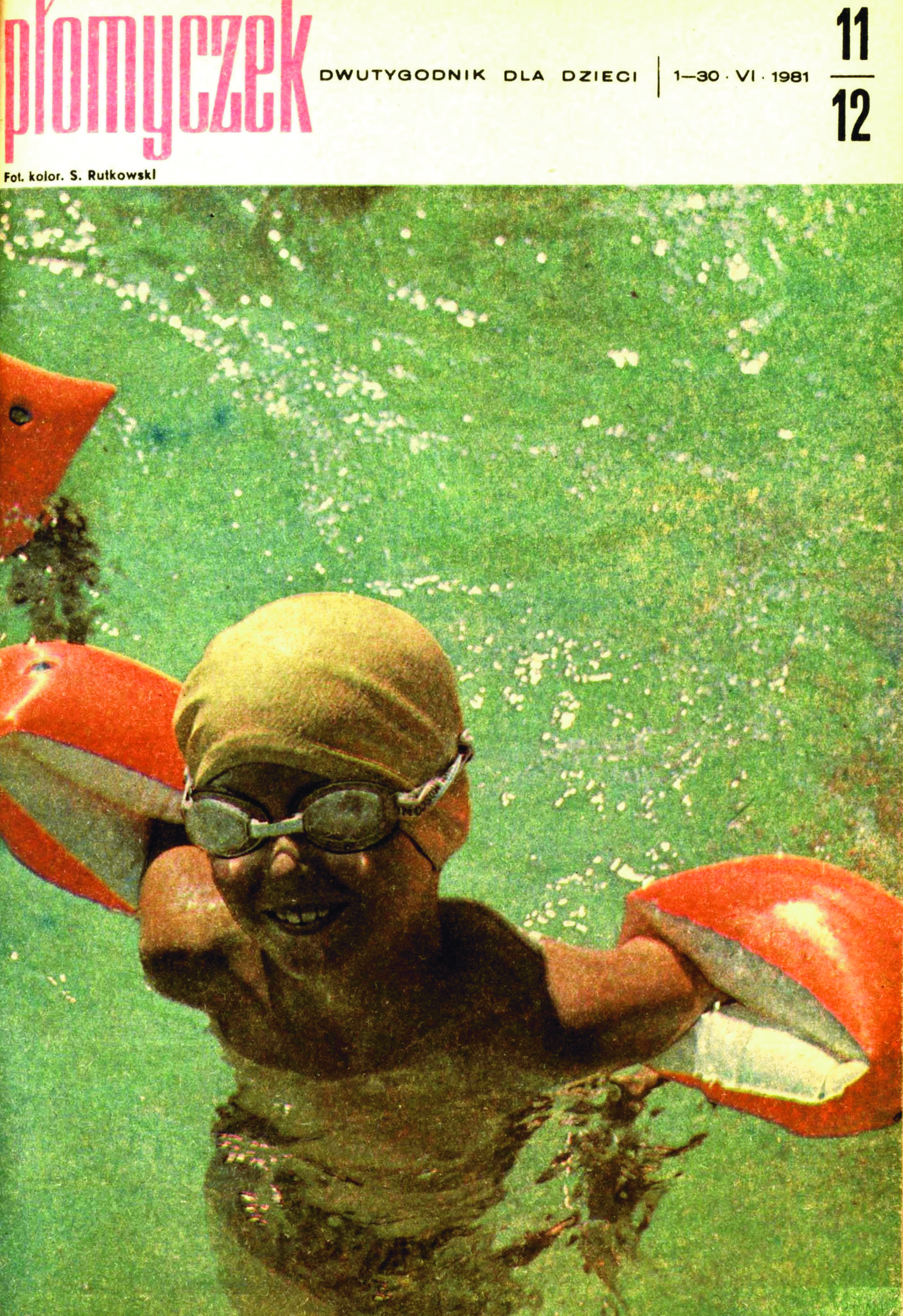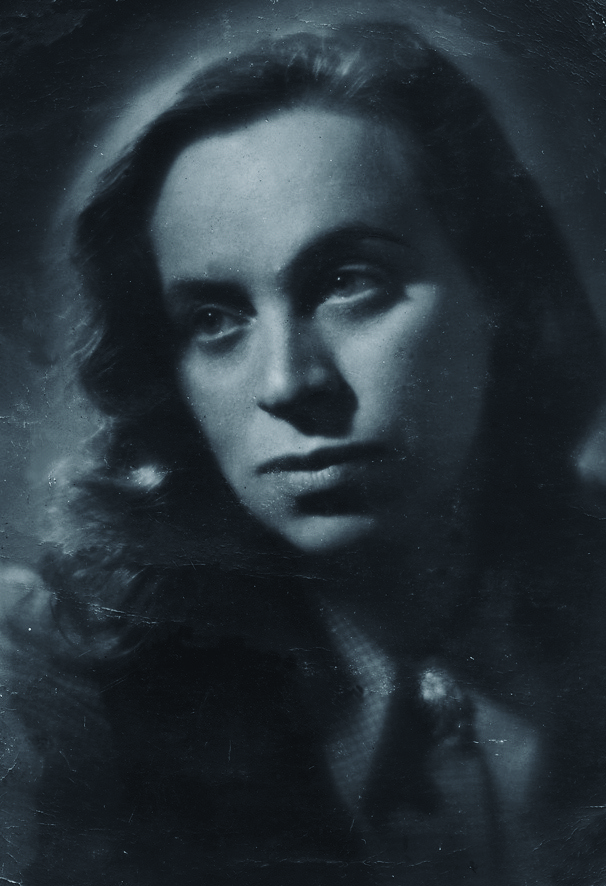Title of the work
Country of the First Edition
Country/countries of popularity
Original Language
First Edition Date
First Edition Details
Irena Parandowska, "Opowieść o Ikarze i Dedalu”, Płomyczek 11/12 (1981): 307.
ISBN
Genre
Adaptation of classical texts*
Adaptations
Myths
Target Audience
Children
Cover

Courtesy of the publisher.
Author of the Entry:
Marta Pszczolińska, University of Warsaw, m.pszczolinska@al.uw.edu.pl
Peer-reviewer of the Entry:
Katarzyna Marciniak, University of Warsaw, kamar@al.uw.edu.pl
Elżbieta Olechowska, University of Warsaw, elzbieta.olechowska@gmail.com

Photograph courtesy of Ewa Parandowska, the Author’s Daughter-in-law.
Irena Parandowska
, 1903 - 1993
(Author)
Irena Parandowska (née Helcel), wife of Jan Parandowski; mother of Romana Julia Parandowska-Szczepkowska (1927–2007), Zbigniew Parandowski (1929–2017), and Piotr Parandowski (1944–2012) – a classical archaeologist and documentary film maker focusing on movies about archaeology. She wrote Ze świata mitów [From the World of Myths], 1967, and Dzień Jana [Jan’s Day], 1983 – a book about her husband. In 1988 she founded a Polish PEN Club Literature Award commemorating Jan Parandowski.
Bio prepared by Maryana Shan, vespertime@ukr.net
Summary
A previous version of the entry was published in: Katarzyna Marciniak, Elżbieta Olechowska, Joanna Kłos, Michał Kucharski (eds.), Polish Literature for Children & Young Adults Inspired by Classical Antiquity: A Catalogue, Faculty of “Artes Liberales”, Warsaw: University of Warsaw, 2013, 270–272.
In ancient times, before the invention of railway and air travel, there lived a man in Athens who may be considered the first aviator in history. His name was Daedalus, and he was the most talented sculptor and builder. He was forced to leave his homeland with his young son to avoid prosecution. He found shelter on the island of Crete, whose King, Minos, needed skilled builders, craftsmen and artists. Daedalus was ordered to build a vast castle that would be easy to enter but difficult to exit. He had a team of builders but worked alone on secret passages. Years later, when the castle was ready, it became known as the Labyrinth. The cruel King Minos refused to reward the artist and locked him and his son in the structure to prevent him from revealing its secrets. Icarus, disappointed by Minos’ lack of gratitude, was impressed that his father predicted the King’s behaviour and was ready for such an eventuality. A ladder, a hidden exit to the roof, two pairs of artificial wings, and a few days of training was all that was necessary to make their escape. They fled once Daedalus taught Icarus the final rule of flight. People of Crete looked at them with amazement, comparing them to Zeus and Hermes flying in the sky. Father and son passed over islands, and in the joy of flying, Icarus forgot his father’s warning. Spellbound, he rose higher and higher, his eyes on the Sun-god. Eventually, the hot rays melted the wax keeping the feathers together, and Icarus fell from the sky to his death.
Analysis
The author tells the story of the first mythical people who fulfilled the eternal human craving for flight. Though Icarus is mentioned first in the title (the magazine is, after all, aimed at children), the story centres on the father, who is spiritus movens, the decision-maker and the person responsible for his small family’s wellbeing. The tragic death of the young boy is reduced to two short lines. Parandowska intentionally focuses on Daedalus’ character against abuses of power, leading to his captivity and gamble for freedom.
Daedalus is presented as an intelligent, talented, and decent man, a refugee fleeing from possible reprisals in Athens to the oppression of another power, that of Minos, a ruthless and tyrannical ruler. Parandowska leaves Daedalus’ image flawless, ignoring the accusation of manslaughter of his nephew, present in ancient sources. Her readers are not told the reason for Daedalus’ prosecution in Athens. However, in Poland, during the early 1980s, shortly before Martial Law was declared, even children were aware of the possible abuses of power against ordinary people. Many Poles had relatives abroad who left communist Poland searching for freedom and a better life. Parandowska makes Daedalus leave his country to create something great abroad. Unfortunately, Daedalus’ hopes for a better life were dashed: a potential threat was exchanged for actual captivity, not only for him but also for his child. Minos, a tyrant of unlimited power, uses Daedalus’ intelligence and creative potential to serve his ends. Once the Labyrinth is built, the architect becomes an inconvenience. This possible leak must be stoppered before revealing “state secrets”, i.e., the shameful secret of the ruler who offended Poseidon. The image of Minos as an autocrat is emphasized by the absence of the Minotaur in the story. Minos orders Daedalus to construct a vast edifice from which it would be impossible to escape – a prison – not to protect society from potential outside harm, but rather to ensure the continuation of his rule and achieve absolute domination. Such reworking of the narrative makes the story even more terrifying; the state is threatening its citizens. In 1981, the sinister atmosphere described in the text somehow mirrored the reality of what was going on in Poland. Obviously, after the December 13 declaration of Martial Law, the story could have been censored or forbidden. The character of Daedalus also highlights a necessary, common trait of the Polish people of those times – resourcefulness, ingenuity, and an ability to figure out how to do what is needed to survive, even if something is forbidden.
The flight for freedom is a particularly impressive scene. The protagonists take to the sky during the day, they are seen and admired by ordinary people and taken for Zeus and Hermes. Their quest for a free life makes them similar to gods, and the people who still remain under oppression, stare up at them with reverence. Finally, Icarus’ fall and death are presented as a consequence of the boy passing from the mortal world to the world of the gods – “gazing at the god of the sun, blinded by his radiant light.”
Marian Grześczak, in another interpretation of the same myth, O chłopcu, którym jesteś i ty, published the same year as Parandowska’s piece, also does not mention Talos’ (Perdix’) death and then shows Daedalus imprisoned without a charge. Could it be more than a coincidence?
Further Reading
Ovid, Metamorphoses VIII 156–168; VIII 183–235, trans. Frank J. Miller, "The Loeb Classical Library" 42, Cambridge: Harvard University Press, London: William Heinemann, 1971, 416–423 (accessed: February 28, 2022).
Grześczak, Marian, O chłopcu, którym jesteś i ty, Warszawa: Nasza Księgarnia, 1981.
Żylińska, Jadwiga, Mistrz Dedal, Warszawa: Krajowa Agencja Wydawnicza RSW „Prasa–Książka–Ruch”, 1973.


